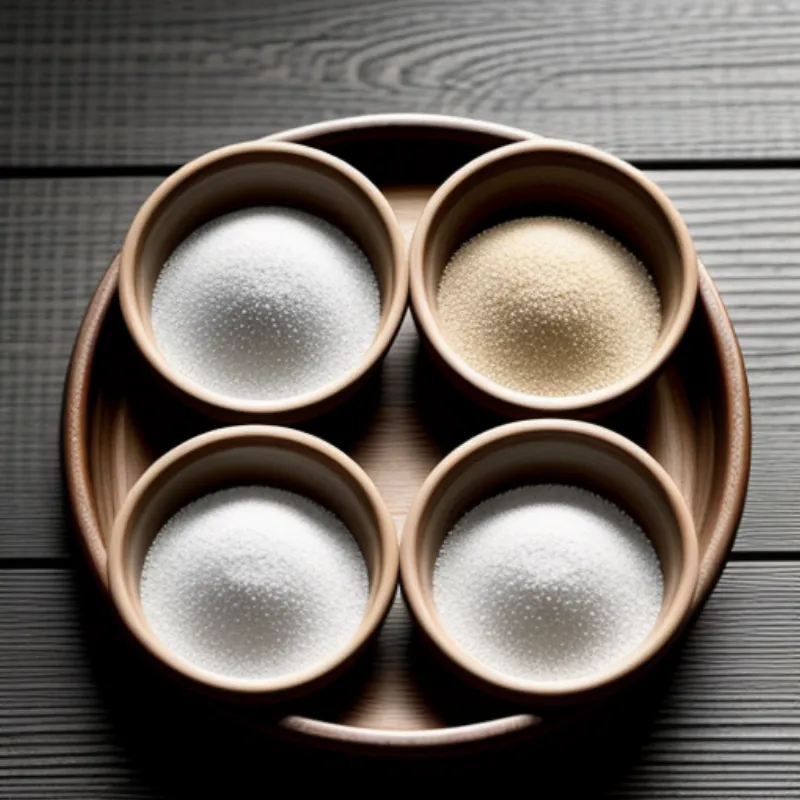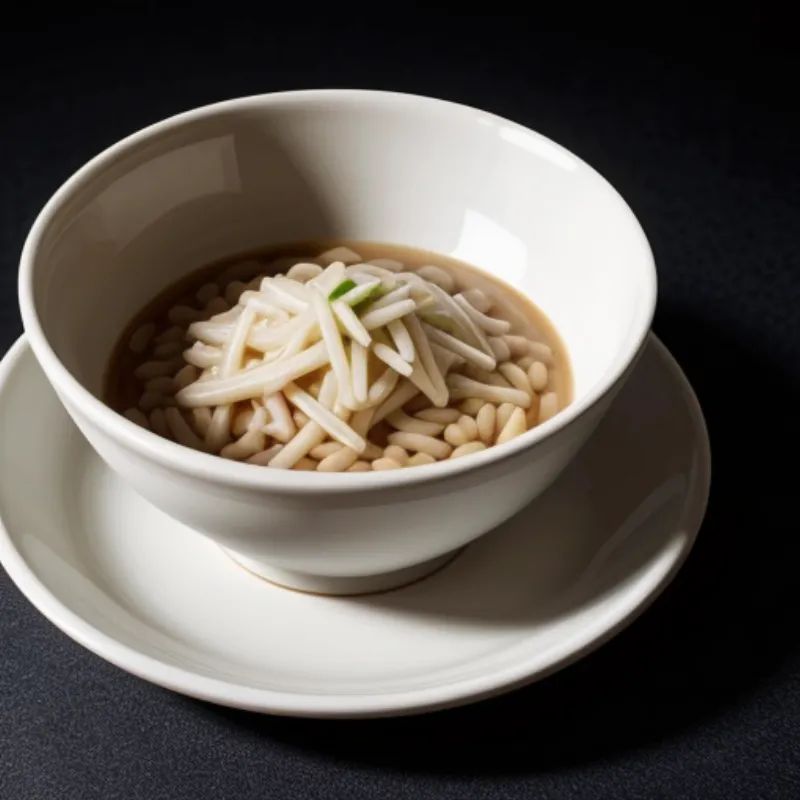Cheonggukjang, a traditional Korean fermented soybean paste, might not be as well-known as its cousin, doenjang. However, this pungent powerhouse of flavor packs a serious nutritional punch and adds a unique umami depth to any dish. Imagine a creamy, nutty paste with a depth of flavor that can transform your stews, soups, and even dips into something truly special. Intrigued? Let’s embark on a journey to create this fermented wonder in the comfort of your own kitchen!
Unveiling the Magic of Cheonggukjang
Cheonggukjang, often called “fast-fermented soybean paste,” originates from Korea, where it’s been enjoyed for centuries. Unlike doenjang, which undergoes a long fermentation process, cheonggukjang ferments quickly, typically within 2-3 days. This rapid fermentation creates a rich, complex flavor profile and boosts the soybean’s nutritional value.
Gathering Your Cheonggukjang Ingredients
Before we dive into the process, let’s gather our ingredients. Fear not, the beauty of this recipe lies in its simplicity:
- Soybeans: 1 pound (450g) – Opt for organic, non-GMO soybeans for the best flavor and quality.
- Water: As needed
- Salt: 1-2 tablespoons (optional) – Adjust according to your taste.
Assembling Your Cheonggukjang Toolkit
Now that we have our ingredients prepped, let’s gather the tools we’ll need:
- Large pot: For boiling the soybeans.
- Colander or strainer: To drain the cooked soybeans.
- Fermentation container: A clay pot (onggi) is traditional, but a glass or ceramic container works well.
- Cheesecloth or muslin cloth: To cover the container during fermentation.
- Rubber band or string: To secure the cloth over the container.
Crafting Cheonggukjang: A Step-by-Step Journey
Get ready to unleash your inner fermentation enthusiast! Follow these simple steps to create your own batch of flavorful cheonggukjang:
1. Preparing the Soybeans
- Rinse the soybeans thoroughly under cold water, removing any debris or impurities.
- Soak the soybeans in a large pot with plenty of water for at least 8 hours, or overnight. This rehydrates the beans, preparing them for fermentation.
2. Cooking the Soybeans
- After soaking, drain the soybeans and add them back to the pot with fresh water. The water should cover the soybeans by about 2 inches.
- Bring the soybeans to a boil over high heat, then reduce the heat to medium-low and simmer for 3-4 hours, or until the soybeans are soft and easily mashed.
3. Starting the Fermentation Process
- Once cooked, drain the soybeans and allow them to cool slightly.
- Transfer the warm soybeans to your fermentation container, spreading them evenly.
- Cover the container with cheesecloth or muslin cloth, securing it with a rubber band or string. This allows for air circulation while preventing contaminants from entering.
- Place the container in a warm, dark place, ideally around 100-110°F (38-43°C).
4. The Fermentation Dance: 2-3 Days of Magic
- Over the next 2-3 days, the soybeans will undergo a magical transformation. You’ll notice a white, fuzzy mold developing on the surface—this is Bacillus subtilis, the good bacteria responsible for fermentation and the unique aroma of cheonggukjang.
- The cheonggukjang is ready when the beans are fully covered in mold and have a strong, pungent aroma. The texture should be slightly sticky and stringy.
5. Seasoning and Storing Your Cheonggukjang
- Once fermented, you can enjoy your cheonggukjang immediately or season it with salt to taste.
- Store your cheonggukjang in an airtight container in the refrigerator. It can be kept for several weeks.
Tips for Cheonggukjang Success
- Temperature is key: Maintain a warm, consistent temperature during fermentation for optimal results. You can use a heating pad, yogurt maker, or even a warm oven (turned off) to create the ideal environment.
- Embrace the aroma: Don’t be alarmed by the strong, pungent smell of cheonggukjang during fermentation. It’s a sign that the process is working its magic!
- Experiment with texture: For a smoother, more paste-like consistency, grind or blend the fermented soybeans after the fermentation process.
 Cheonggukjang Ingredients
Cheonggukjang Ingredients
Exploring Cheonggukjang’s Culinary Potential
Congratulations! You’ve successfully made your own batch of cheonggukjang. Now, let your culinary creativity soar! Here are a few ideas to get you started:
- Flavorful stews and soups: Add a spoonful or two of cheonggukjang to your favorite stews and soups for an extra layer of umami depth.
- Savory dips and sauces: Mix cheonggukjang with gochujang (Korean chili paste), sesame oil, and rice vinegar to create a flavorful dip for vegetables or grilled meats.
- Tempting stir-fries: Stir-fry your favorite vegetables and protein with a dollop of cheonggukjang for a quick and easy meal.
 Cheonggukjang in a Bowl
Cheonggukjang in a Bowl
Cheonggukjang: A Fermented Feast for Your Senses
Making your own cheonggukjang is a rewarding experience that connects you to centuries-old Korean culinary traditions. So, embrace the world of fermentation and discover the unique flavors and nutritional benefits this fermented soybean paste has to offer. You might be surprised at how quickly it becomes a staple in your kitchen!
